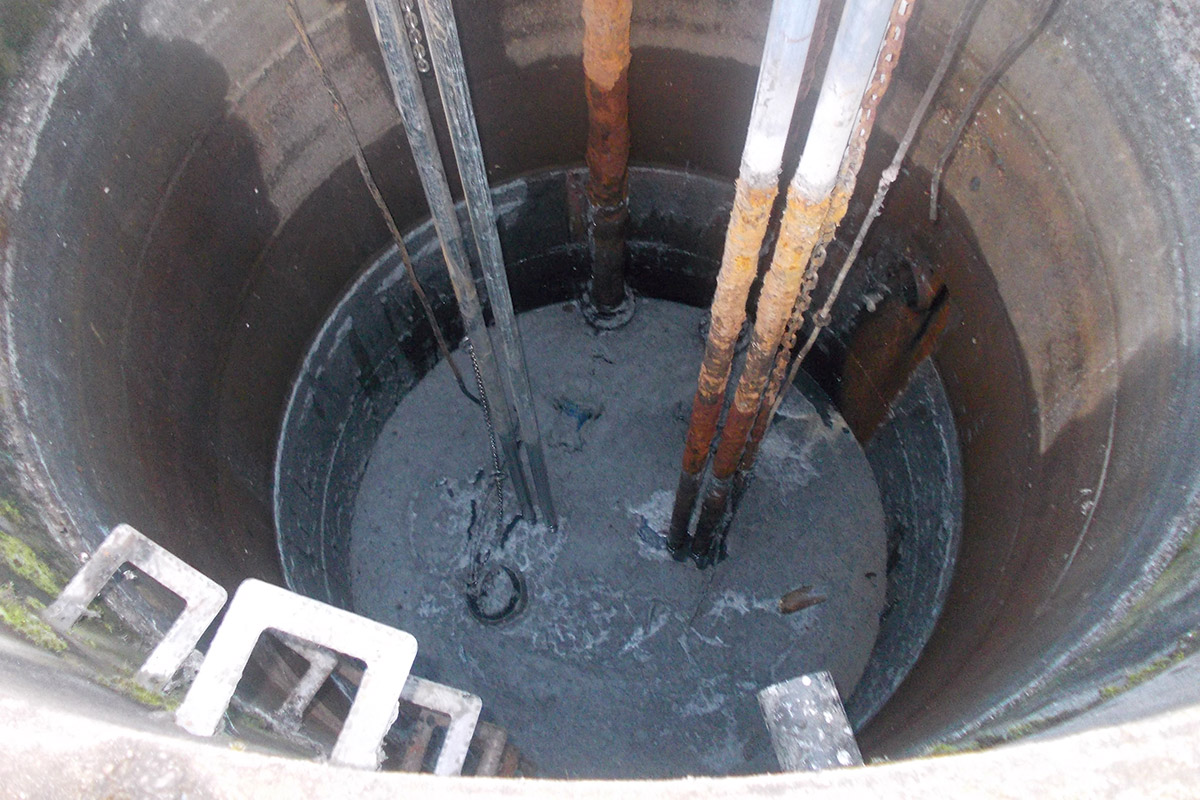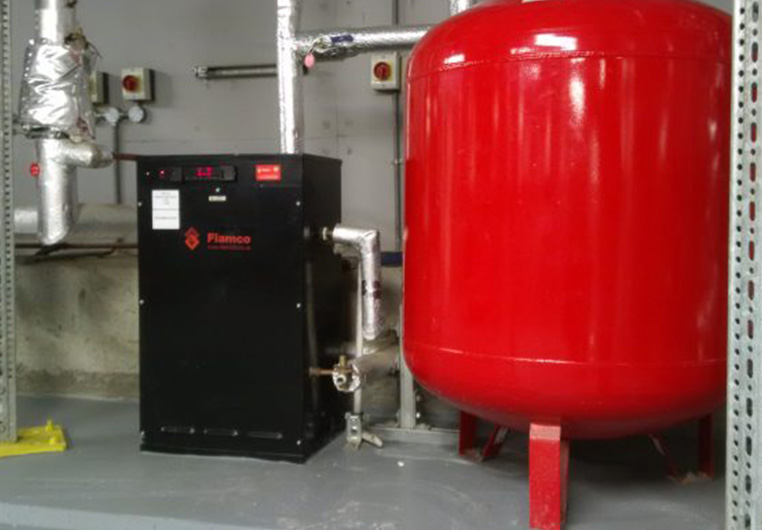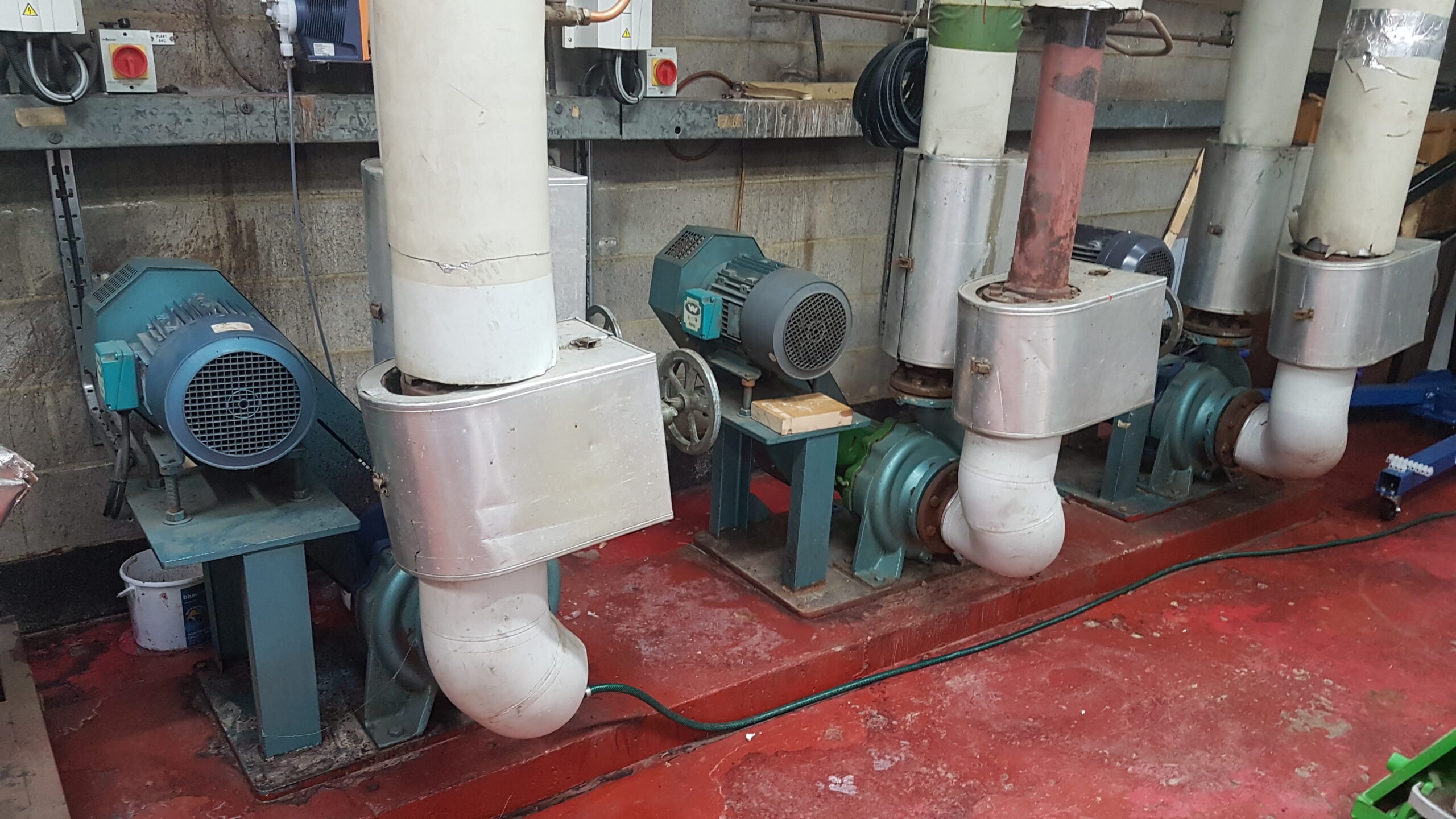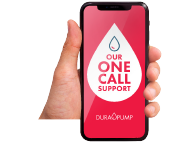Dealing With Fat Effectively In Your Pump Station
 Posted on 3rd February, 2022 by Ozz
Posted on 3rd February, 2022 by Ozz 
When it comes to pumping stations, Dura Pump believes in one guiding principle: if you look after your pumping station, it will look after you. However, blockages do happen, reaping significant consequences on the reliability and effectiveness of your system. In our latest advice piece, we share some top tips on dealing with one of the most troublesome blockages out there: fat and grease buildups.
From time to time, many pump systems will experience fat blockages. But why do these build-ups occur, and how did that fat get in your tank in the first place? Here’s just a few of the potential reasons behind your blockage:
- Kitchen areas and their many forms waste, including fatty food waste
- There is no movement in tank
- The tank is not being cleaned out regularly
- Waste not being disposed of properly
Fat blockages happen. However, how we act to prevent those blockages, as well as how we act in response to them can drastically alter their impact. Here are some of the key points to consider when fat blockages get in the way…
Fat Blockages: Why They Should Be Addressed Sooner Rather Than Later?
Introducing fatbergs
the greasy, constantly-growing monstrosities that plague pump systems throughout the United Kingdom. Formed by solidified, coagulated fat, these dam-like blockages can weigh anything up to 15 tonnes, with one notable example in Bedfordshire blocking a 300-foot stretch of pipeline.
Fat building up in a pump station can eventually form a slab or chunks which can be hard as concrete. Left to build up, they will amass and will only get worse. Finally, they will and can cause complete failure of the system, being costly to resolve and potentially damaging the pump station components.

What Issues Can Fat Blockages Cause in My Pump Station?
The issues that fat build up can cause in your tank are endless – after all, tanks and pumps alike are not made to pump fat or lumps of fat! If large lumps of fat are in the tank, a standard waste water pump won’t be able to break it up. This therefore means that the fat will continue to build up, and the issue only gets worse.
If the fat build-up continues, it prevents the floats from operating correctly. This will result in the system either not pumping or pumping consistently. Regular high levels or spillage can be a result of the floats not being able to operate, or if the floats do not allow the pumps to turn off, this can lead to your pumps burning out.
The effects of fat blockages in pump stations don’t end there. Fat in the system also eats into the pump and float cables, causing them to go soft, leading to eventual system failure.
Either way, this fat build up is not good for the system and eventually the fat will break the pump rather than the pump breaking the fat. Who needs that hassle?
How to Solve Fat Blockages in Pump Stations
The most effective and easiest way to solve fat build up in your pump station is to stop it entering the pump station in the first place. This can be achieved by intercepting it in a ‘fat trap’ either under your sink or before your pump station.
If this is the solution you go with, there’s a couple of important points to consider. Firstly, once fat traps are installed they’ll need correct maintenance and cleaning to ensure they are effective. Secondly, installing fat traps can be costly and isn’t always possible due to space restrictions.
As an alternative to fat traps, one option to deal with fat build up is to carry out regular maintenance and vacuum tankering. However, this can be costly, time consuming and only masks the issue as opposed to resolving it once and for all. Regardless, here’s some info on how tankering is carried out:
- Begin the process by breaking the layer of fat
- Use the tanker to remove any fat in the tank
- Once the bulk of the fat is removed, the tank is emptied to help figure out if there is anything else in there that could cause issues to the system.
- Once the system is checked over and the worst is removed, you’ll then need to install your long lasting solution…
What’s A Long Lasting Solution to Fat Blockages in Pump Stations?
If you’re unable to control the fat entering your system, the best method of resolving that issue is to aerate the water. This ensures fluid movement whilst introducing oxygen to the liquid. Our key recommendations here are:
An aerator, for example Landia Jet Aerator
A submersible mixer, for example Pompe Rotome Ecomix
The benefit of the Landia Jet Aerator is that they ‘double up’ as a macerator, breaking up the solids whilst aerating liquid, which prevents the pumps from blocking up.
Summary: How to Deal with Fat Blockages
In summary, there are 4 options to deal with fat effectively in pump stations:
- Stop it entering the system by controlling it or installing a fat trap
- Ensure regular cleaning with a vacuum tanker
- Install an aerator; or
- Install a mixer
Blockages can be a pain – but they can always be resolved. Click here to check out a recent case study where we resolved a fat blockage on the site of an NHS hospital.

Got a Big Fat Blockage Problem? Let Dura Pump Sort It
Whether you’re dealing with a minor blockage or a ten-tonne fatberg, don’t get frustrated – get on the phone to Dura Pump. To request a callout or a free consultation, contact us.




